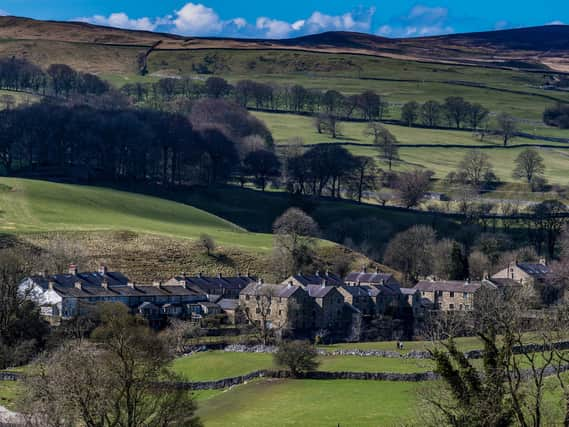Second World War evacuee camp in Yorkshire could be turned into £27.5m eco-friendly retreat


Some 21 months after the proposal for the former Linton School Camp, near Grassington, which features a hotel, lodges, pool, cinema and even an underground car park, was submitted to national park planners, the park authority said interested parties have until August 27 to comment.
A decision by the park authority in the coming months to approve the scheme – which developer Matthew Riley has said would create 50 full-time and 96 part-time jobs and potentially a further 50 jobs in the local area with the increase in tourism – would be felt across much of the national park.
Advertisement
Hide AdAdvertisement
Hide AdIn planning documents, the developer said the retreat would be aimed at people with “higher incomes who are more likely to holiday out of season”, who would spend significantly more in the local economy and are more likely to spend on crafts, eating out and activities.
The developer said the scheme, which it had worked with the authority to develop, would extend the current tourism offer in the area, which includes a bed and breakfasts, small hotels, camping and caravan sites and some lodge developments.
While the economic benefits of the scheme are likely to win the scheme some support from members of the authority determined to reverse the park’s declining working age population, the scale of the scheme will draw scrutiny over its environmental impact.
The developer has highlighted how the site has been closed for more than 20 years and is continuing to deteriorate with the full or partial collapse of several buildings.
Advertisement
Hide AdAdvertisement
Hide AdA spokesman for the develop said the plan reflected the best possible solution for the site. He added: “The proposed scheme is designed to minimise negative impacts on the area, but will bring considerable economic benefits.”
Other considerations for planners will include a scheduled monument consisting of the buried and earthwork remains of an early medieval farmstead beside the site and the heritage of the camp, which was originally built as a countryside school for city children, who otherwise may have not had the opportunity, to experience the countryside and nature.
With the onset of the Second World War in 1939, the school took evacuees. It was thought at the time that children from industrialised towns and cities would be very vulnerable to enemy air raids. After the war it became a boarding school for children with behavioural difficulties, but in recent years has been damaged by trespassers.
A heritage impact study has concluded that the proposal would not directly affect the scheduled monument and the significance of the former children’s camp was “historical rather than architectural” and better-preserved examples can be found elsewhere.
Comment Guidelines
National World encourages reader discussion on our stories. User feedback, insights and back-and-forth exchanges add a rich layer of context to reporting. Please review our Community Guidelines before commenting.